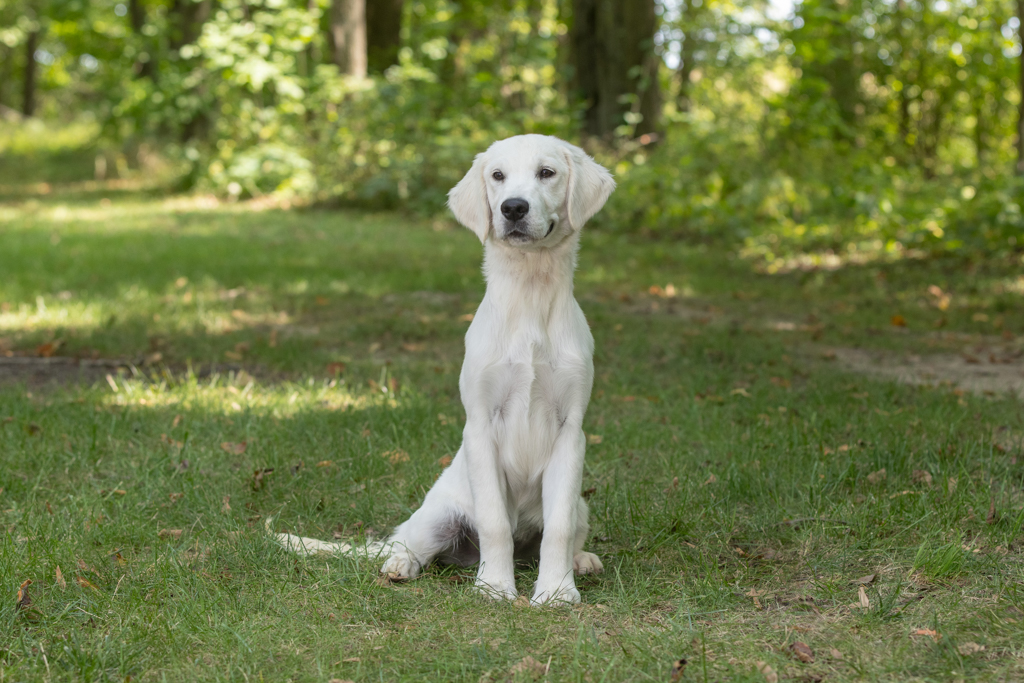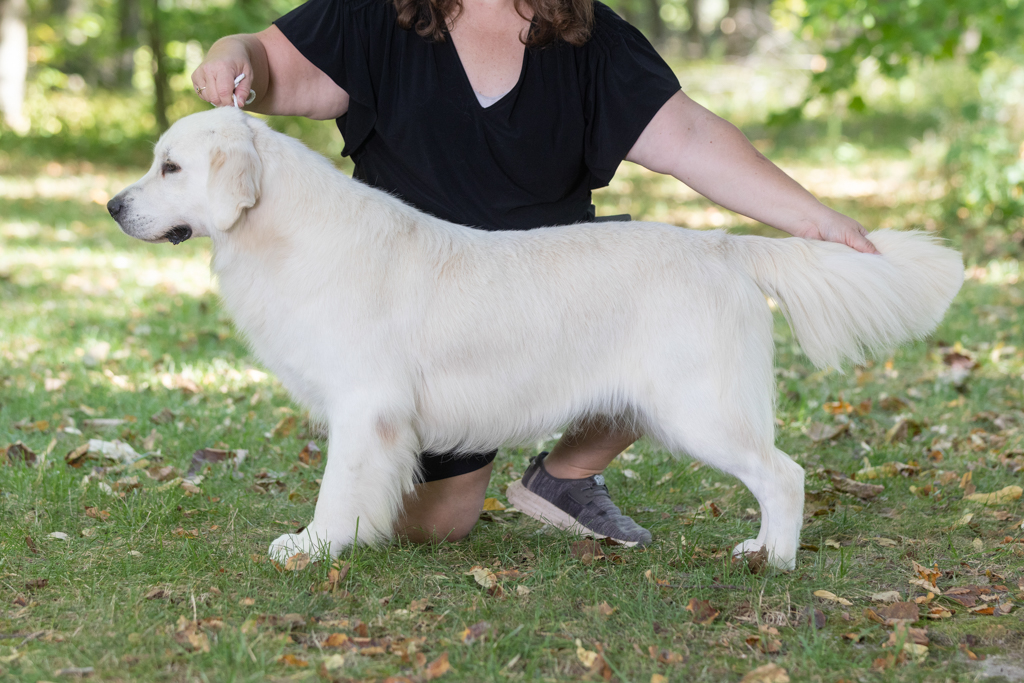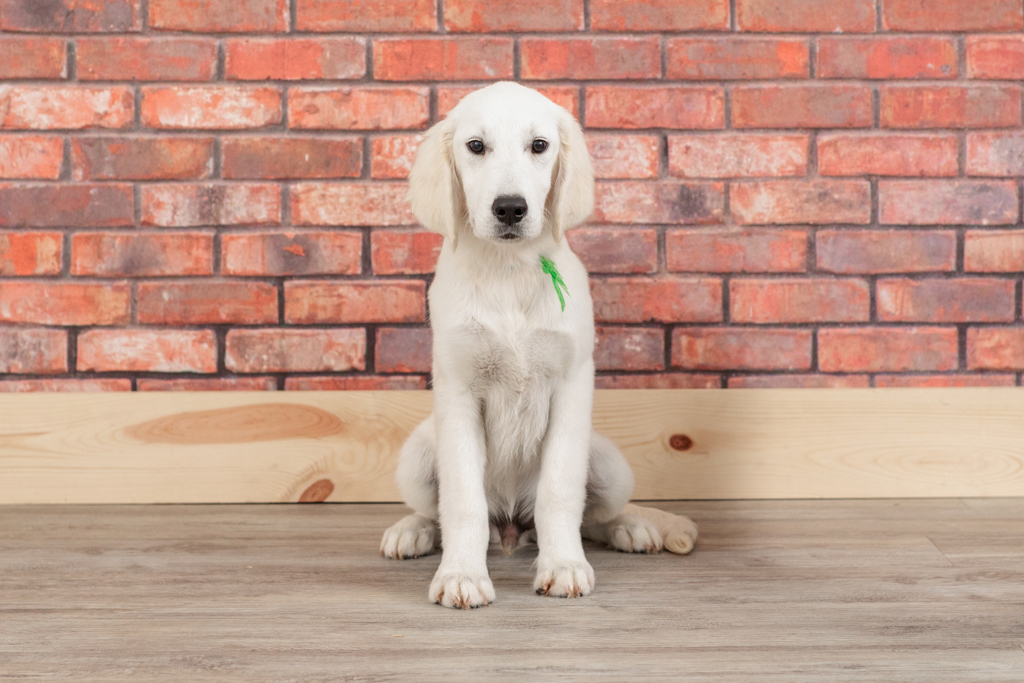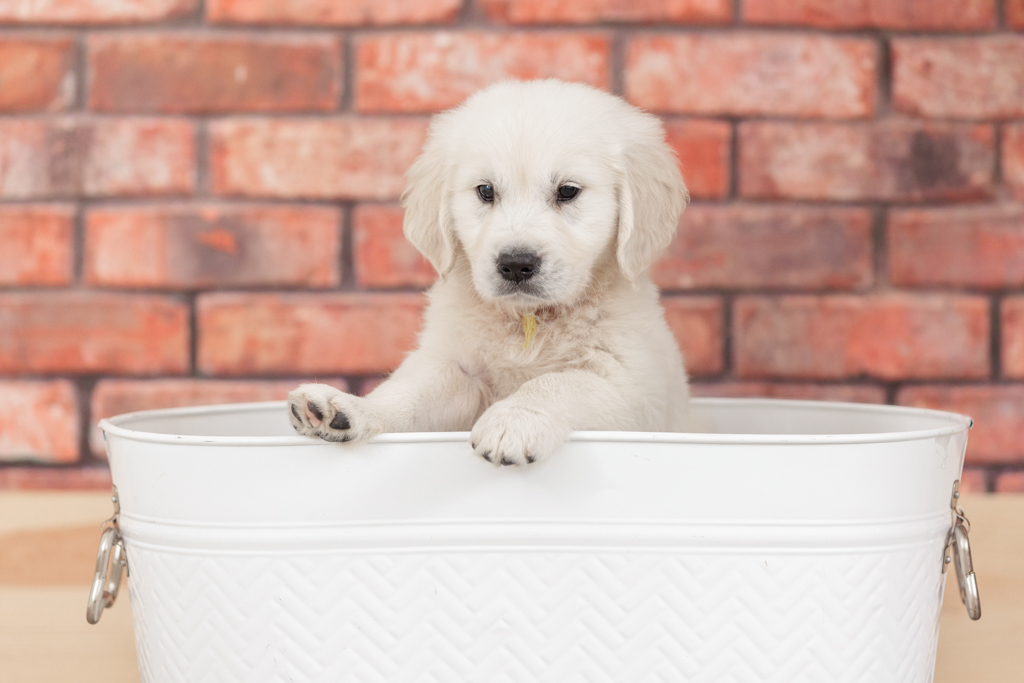As a proud parent of an English Cream Golden Retriever, providing your loving companion with the highest level of care is paramount to nurturing a lasting bond and ensuring their long-term health and happiness. As renowned breeders of these extraordinary dogs, we at Majestic Manor Goldens understand the unique care requirements that come with raising a healthy and well-adjusted English Cream Golden Retriever.
In this expert guide, you will find comprehensive and actionable tips for promoting health and wellness for your English Cream Golden Retriever, including essential aspects of proper nutrition, exercise, grooming, and preventative healthcare measures. With this knowledge, you can create an environment that encourages your beloved dog to thrive, both physically and emotionally.
English Cream Golden Retrievers are known for their gentle dispositions, intelligence, and unwavering loyalty. To maintain their overall health and well-being, it is essential that you cater to their unique requirements, such as fulfilling their dietary needs, providing regular exercise, maintaining their beautiful coat, and keeping them up-to-date on necessary healthcare checks.
As a premiere, family-run breeder of English Cream Golden Retrievers, Majestic Manor Goldens is committed to equipping pet parents with the knowledge and insights necessary to foster an enriching, nurturing life for their cherished canine companions. This expert guide serves as a valuable resource and stepping stone along your journey of raising a happy, healthy English Cream Golden Retriever.
By following this comprehensive guide and adhering to expert care tips, you will not only strengthen the bond between you and your English Cream Golden Retriever but also ensure their long-term health, happiness, and vitality. Together, you and your furry friend will embark on a fulfilling, unforgettable journey filled with unwavering companionship, love, and mutual understanding.
Nutrition: The Foundation of Health and Well-Being
Proper nutrition is vital for maintaining the overall health and vitality of your English Cream Golden Retriever, and understanding their specific dietary needs is key:
Choose a High-Quality Diet: Opt for a high-quality commercial dog food that is free of artificial additives and meets your dog’s nutritional requirements. Make sure it is formulated for your dog’s life stage, size, and activity level.
Balance Nutrients: Ensure a balanced diet that provides the appropriate amounts of proteins, carbohydrates, fats, minerals, and vitamins essential for your English Cream Golden Retriever’s health.
Monitor Portions and Feeding Frequency: Prevent overeating and potential health issues by monitoring portion sizes and feeding frequency. Consult your veterinarian to determine the optimal meal plan for your dog’s age, weight, and activity levels.
Maintain Consistency: Stick to a consistent feeding routine and avoid feeding human foods as treats. This prevents your dog from developing dietary sensitivities or an unbalanced diet.
Exercise: A Healthy Body and Mind
Regular exercise contributes significantly to your English Cream Golden Retriever’s physical health, mental stimulation, and emotional well-being:
Daily Physical Activity: Provide your dog with at least 30-60 minutes of daily physical activity, including walks, playtime, or interactive games.
Mental Stimulation: Engage your English Cream Golden Retriever’s intelligence by incorporating puzzle toys, scent-tracking games, or agility training exercises into their routine.
Off-Leash Exploration: Allow your dog to explore off-leash in a safe, enclosed environment, such as a fenced yard or a designated dog park, to promote socialization and unleash their natural instincts.
Monitor Exercise Intensity: Be mindful of your dog’s exercise intensity, particularly during hot or cold weather, to prevent exhaustion or heatstroke.
Grooming: Maintaining a Beautiful and Healthy Coat
Proper grooming is essential for keeping your English Cream Golden Retriever’s distinctive coat healthy, beautiful, and free of tangles, mats, and debris:
Regular Brushing: Brush your dog’s coat at least twice a week using a slicker brush and a steel comb to remove dead hair, prevent tangles, and distribute natural oils evenly.
Baths: Give your dog an occasional bath using a gentle, dog-friendly shampoo to maintain coat cleanliness without stripping natural oils or causing skin irritation.
Ear Care: Clean your English Cream Golden Retriever’s ears regularly with a veterinarian-approved ear cleaner to prevent infection and wax buildup.
Trimming: Trim the hair between your dog’s toes and maintain a clean-cut appearance around the ears, tail, and paws to prevent matting and maintain a neat appearance.
Nail Care: Regularly trim your dog’s nails to prevent discomfort or injury while walking or playing.
Preventative Healthcare Measures: Ensuring Longevity and Wellness
Safeguard your English Cream Golden Retriever’s health and wellness by adhering to regular preventative healthcare measures:
Annual Veterinary Checkups: Schedule annual checkups with your veterinarian to monitor your dog’s overall health and identify any potential health concerns early.
Vaccinations and Parasite Prevention: Keep your dog up-to-date on vaccinations and provide routine protection against fleas, ticks, and heartworms using veterinarian-recommended products.
Dental Care: Practice regular dental care for your English Cream Golden Retriever, including at-home teeth brushing and professional cleanings to prevent dental diseases and maintain oral health.
Observation and Monitoring: Keep a watchful eye on your dog’s behavior, physical condition, and energy levels to detect any signs of illness or injury. Promptly consult your veterinarian if you notice any changes or concerning symptoms.
A Healthy, Happy Life for Your English Cream Golden Retriever
As a caring pet parent, your dedication to promoting health and wellness in your English Cream Golden Retriever will enhance not only their quality of life but also the depth and strength of your bond. Through proper nutrition, regular exercise, grooming, and preventative healthcare, you can ensure that your cherished companion enjoys a vibrant and fulfilling life by your side.
Looking to provide exceptional care for your English Cream Golden Retriever? Look no further than Majestic Manor Goldens. Our family-run, premiere breeding operation is dedicated to providing expert guidance and support for English Cream Golden Retriever owners. With our comprehensive guide, you’ll have all the resources you need to nurture your pet’s overall health and happiness. Contact us today to learn more about our English Cream Golden Retriever services and start providing exceptional care for your pet!









